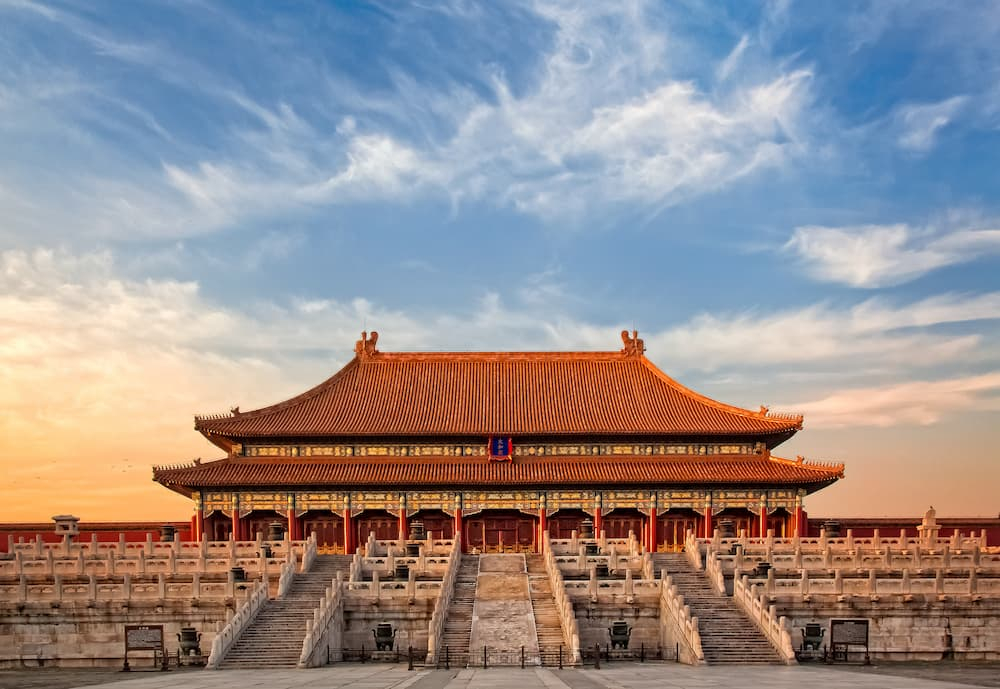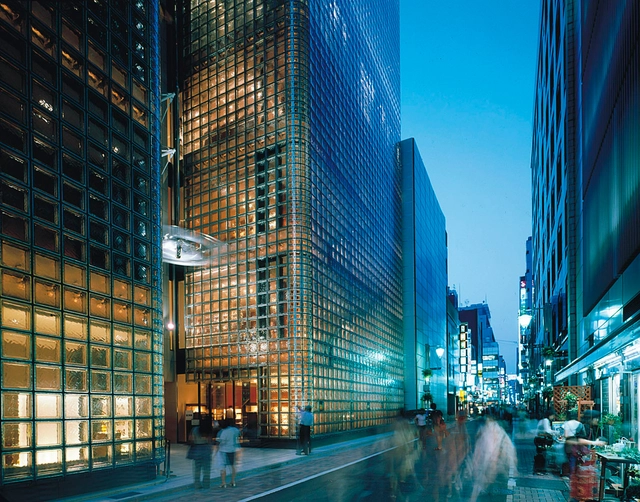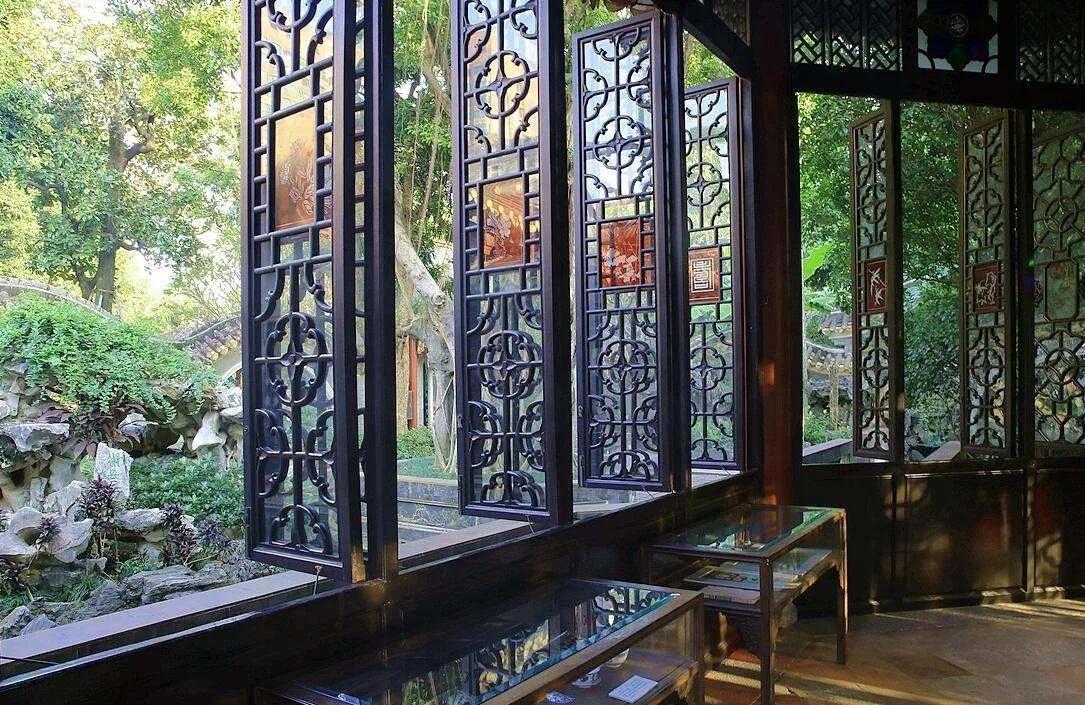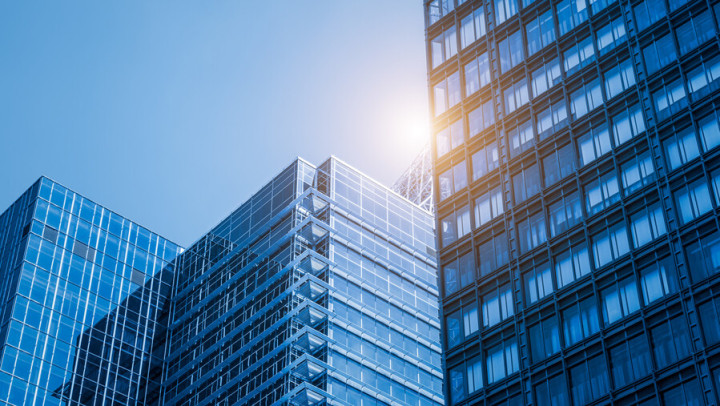In the vast world of architecture, traditional architecture and facade glass are like two dazzling yet distinct stars, each radiating its own unique charm. Traditional architecture, with its weighty and steady presence, carries the memory of history and the heritage of culture; while facade glass, with its lightness and agility, showcases the charm of modern technology and the innovative spirit of the times. Despite their distinct styles, the two have complemented each other throughout the history of architecture, together writing a magnificent chapter in the history of human architectural civilization.Traditional Architecture: A Steady and Steady Heritage of HistoryTraditional architecture is a faithful recorder of history. Constructed from solid materials such as brick, stone, and wood, it remains remarkably strong through the test of time, embodying a sense of weight and stability.From the ancient Egyptian pyramids to the Great Wall of China, from the Parthenon in Greece to the Taj Mahal in India, these traditional buildings are all constructed from massive blocks of stone or brick. The massive, perfectly shaped geometric forms of the pyramids, each stone meticulously polished and stacked, seem to speak of the majesty and mystery of the ancient Egyptian pharaohs. The Great Wall, winding through towering mountains and constructed from countless bricks, is not only a formidable barrier of military defense but also a symbol of the Chinese nation's indomitable spirit. These buildings, with their massive scale and sturdy structure, create a powerful visual and emotional impact, allowing one to sense the weight and depth of history.

The fusion and symbiosis of tradition and modernity
Despite significant differences in style and characteristics between traditional architecture and facade glass, they are not mutually exclusive. Instead, they can be integrated and symbiotic in architectural design, creating a richer and more diverse range of architectural works.In modern architectural design, many architects are beginning to experiment with combining traditional architectural elements with facade glass to achieve a dialogue between tradition and modernity. For example, in renovation projects in historical and cultural districts, architects are preserving the traditional architectural style while introducing modern materials and technologies such as facade glass, imbuing the historic buildings with new vitality and vibrancy. In building facade design, elements such as window lattices and brackets from traditional architecture can be simplified and abstracted, combining them with facade glass to create a unique decorative effect. In terms of spatial layout, spatial forms such as courtyards and skylights from traditional architecture can be incorporated into the open spaces created by facade glass, creating spaces that both embody a traditional cultural atmosphere and meet the needs of modern living.Furthermore, the construction concepts and design methods of traditional architecture can provide valuable insights for the design of facade glass buildings. Traditional architecture emphasizes harmonious coexistence with the natural environment, emphasizing adapting to local conditions and adapting to the prevailing circumstances. In the design of modern facade glass buildings, we can also fully consider factors such as the climate, topography, and culture of the building's location, rationally selecting the type and orientation of the facade glass, and optimizing the building's lighting, ventilation, and thermal insulation to achieve sustainable development.







